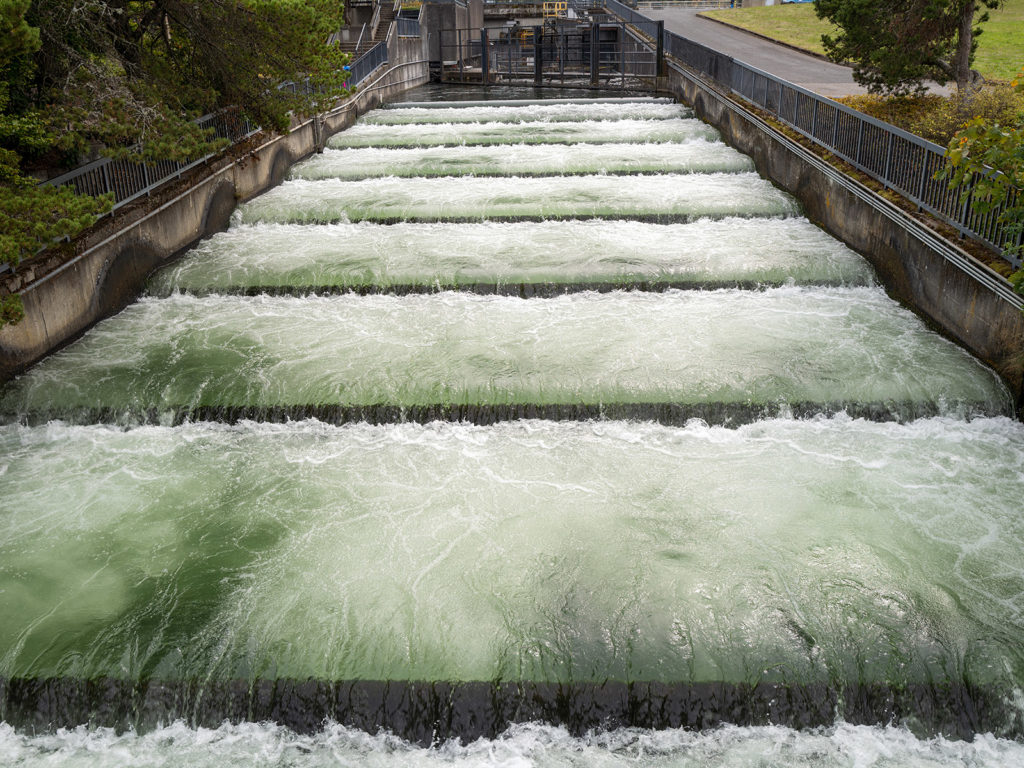Have you ever wondered why aquatic organism passage is important for ecological health? The U.S. Forest Service is at the forefront of road crossing techniques to ensure the passage of aquatic organisms. They assist in projects that allow passage at irrigation diversions and small dams, working in collaboration with various organizations. Restoring habitat and providing passage through road-stream crossings is crucial for the well-being of native aquatic and riparian species. The Forest Service has been continuously improving their technology and methods for over two decades. In fact, they have restored over 1,000 miles of habitat since 2006, thanks to funding from federal highways and other partners.
The Aquatic Organism Passage program is just one of several restoration programs under the Forest Service. They understand the importance of removing barriers to movement through bodies of water and between them. This can involve dam removal, road removal, or enlarging culverts and tide gates to allow for more natural flows. Assessments have confirmed that providing passage through road-stream crossings for all native aquatic and riparian species at every stage of their lives is crucial for robust communities and resilience to climate change stresses.
Restoration work is done in cooperation with state and county transportation agencies, as well as landowners and various interest groups. It can often take several years to complete a project, and the average cost is around $60,000. Funding for these projects comes from various sources, including federal contributions and partnerships with other organizations such as the U.S. Fish and Wildlife Service, National Oceanic and Atmospheric Administration, and U.S. Army Corps of Engineers. The Forest Service uses various techniques to monitor the effectiveness of their aquatic organism passage projects, ensuring that the restoration work is making a meaningful impact on the health of these vital ecosystems. The U.S. Forest Service has emerged as a national leader in road crossing techniques to ensure the passage of aquatic organisms. Their expertise and commitment to ecological health have made them invaluable in assisting with projects related to irrigation diversions and small dams.
Restoration work is a crucial component of the Forest Service’s efforts, and it is conducted on forest highways, roads, and irrigation diversions in collaboration with state and county transportation agencies, landowners, and interest groups. By working together, these entities are able to restore and maintain passage for aquatic organisms, which is vital for the health of native aquatic and riparian species.
Ensuring the passage of aquatic organisms through road-stream crossings is crucial for maintaining the ecological balance of our waterways. Native species rely on these crossings to complete their life cycles and maintain healthy populations. Without proper passage, these species may be cut off from critical habitats, leading to declines in their populations and overall ecological imbalance.
The U.S. Forest Service has invested significant time and resources into improving technology and methods for aquatic organism passage. Over the past two decades, they have made significant strides in developing innovative techniques that allow for safe and efficient passage of aquatic organisms.
Funding for these restoration projects is made possible through various sources. In addition to federal contributions, the Forest Service also receives support from partner organizations. This collaborative effort ensures that restoration work can continue and that the ecological health of our waterways is maintained.
Since 2006, the U.S. Forest Service, with funding from federal highways, has successfully restored over 1,000 miles of habitat. This remarkable achievement is a testament to their dedication and expertise in the field of aquatic organism passage.
Major partners in the Forest Service’s aquatic passage efforts include the U.S. Fish and Wildlife Service, the National Oceanic and Atmospheric Administration, and the U.S. Army Corps of Engineers. These organizations play a crucial role in supporting and advancing the goals of the aquatic organism passage program.
It is estimated that there are at least 20,000 road-stream crossings that potentially block access for aquatic species. The scale of this issue highlights the importance of ongoing restoration efforts and the need for continued funding and support.
Project selection for restoration work is based on a variety of factors, including available funding and the potential impact on aquatic organisms. It is not uncommon for these projects to take up to five years to complete, as they require careful planning and coordination among multiple stakeholders.
The average cost for an aquatic organism passage project is approximately $60,000. This investment is crucial for ensuring the long-term health and viability of aquatic species and their ecosystems.
Monitoring the effectiveness of passage projects is a critical aspect of the restoration process. Various techniques, such as telemetry tracking and DNA analysis, are used to assess the success of these projects and make any necessary adjustments.
The Aquatic Organism Passage program
The aquatic organism passage program is just one of several restoration programs under the U.S. Forest Service. Together, these programs aim to restore and preserve the health of our forests and waterways, ensuring a sustainable future for generations to come.
In conclusion, the U.S. Forest Service’s leadership in road crossing techniques and their commitment to restoration work have made them a national leader in aquatic organism passage. Their efforts not only benefit native aquatic and riparian species but also contribute to the overall ecological health and resilience of our waterways. With continued funding and support, we can ensure the long-term viability of these important ecosystems.




